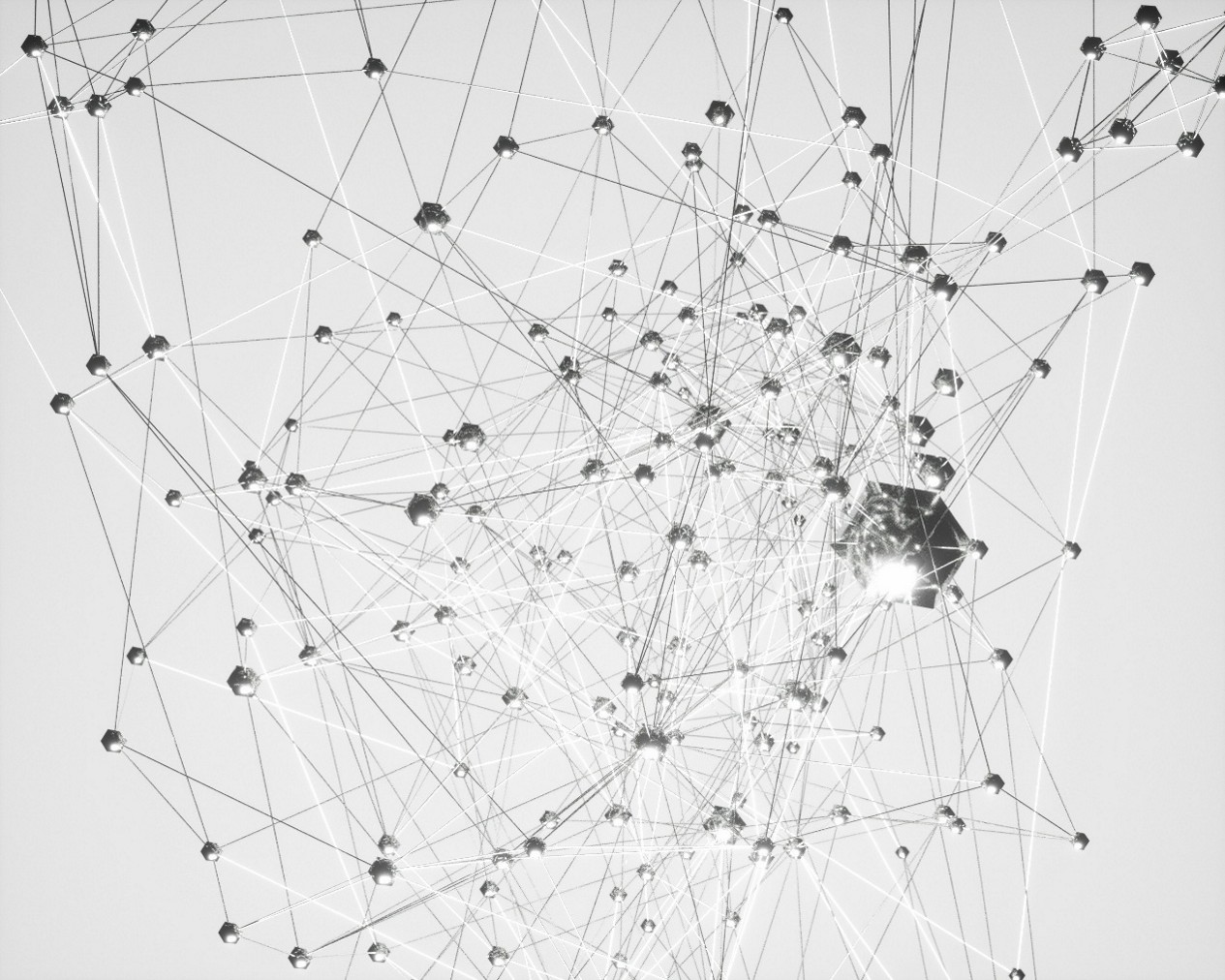I enjoyed the SiliconANGLE conversation with Vikas Agarwal, Chief Technology and Innovation Officer of PwC Advisory at PwC U.S and Clive D’Souza, Director and Head of Partner Engineering at Google Cloud. Vikas describes that moment when experiments stop being interesting and start being useful, AI agents that do more than analyse. They read a situation, choose a next step, hand work to another system, and keep going with a light human touch on top. Clive explains why this is possible now. Companies are choosing platforms that hold everything together from data to execution. When the data corpus is connected, orchestration becomes real. When it is not, projects stall and fail.
For me, the PwC and Google Cloud announcement is a clear map in the right direction. More than one hundred and twenty agents that sit across twenty four workflows. They are built with Agentspace, Vertex AI and the Gemini family. They know how to exchange context with Agent2Agent. They run under PwC’s agent OS, which means they can be deployed locally, in Agentspace, or fully on Google Cloud with one way of governing, one way of logging, one way of rolling back.
The detail matters because it explains how you move from a single assistant to a working fleet. Each workflow is composed from small, reusable pieces. Micro agents take care of planning, retrieval, action, verification and supervision. Five to ten of them form a pattern you can adapt to a different sector without starting over. The control layer is vendor-agnostic, so you do not have to rebuild orchestration when a team uses another toolset. You keep the rules, the observability and the audit trail. You can back test an agent against human work and decide how much freedom it gets. That is how trust is built: with evidence you can show.
There is a second reason this release matters. It puts the agents where the work already lives. Finance and HR workflows are a good example. Many of them run on Workday. ISG’s Provider Lens placed PwC as a Leader across transformation, deployment, optimisation and innovation in that ecosystem. If agentic patterns plug into close, planning, onboarding or contingent workforce, the benefits are immediate. Cycle times compress. Handovers become cleaner. Controls sit inside the flow instead of being bolted on afterwards.
The numbers are most impressive. Eight times faster cycles in targeted functions. More than thirty percent cost reduction where repetitive work dominated. The SiliconANGLE interview gives the mechanism behind those numbers. Less manual stitching. Clear ownership of the platform layer. Back testing that compares human and machine output side by side. Transparency that shows how a recommendation was produced. When you put both pieces together you get a simple principle. Agents create value when they can act, coordinate and be questioned.
I keep reflecting on the two stories Vikas shared. A call centre that redesigned the way work moves so a much smaller team could handle the same volume with better consistency. A legal team that translated regulations with agents that had been trained, tested and supervised until the error bars were known. They are examples of a wider lesson: judgement can be distributed. Responsibility cannot. You keep people in charge, you expose the agent’s path, and you make escalation cheap.
What does this mean for a CIO in a large, multi-country environment? It changes where the effort goes. The model catalogue is no longer the centre. The centre is the data spine and the orchestration layer. You invest in connective tissue. You codify fallbacks and approvals. You set standards for logging and replay. You insist on shadow runs before you touch production. You measure drift, cost, and failure rates the way you measure uptime. You explain to teams in plain language which tasks will be automated, which decisions stay human, and how to intervene when something feels wrong.
It also changes how you start. You do not stand up a hero agent. You compose a small cluster around one workflow that already crosses teams. Planning, execution and supervision sit next to each other. You let it run in parallel for a few weeks and you compare outcomes with the current process. If the numbers and the feedback align, you expand to a second workflow. If they do not, you fix the plumbing and you try again. Momentum is built by visible improvements, not by grand announcements.
There is a cultural effect as well. People do not trust a black box. They trust a colleague that can explain how they got to an answer. Agents earn the same trust when they can show their steps. Back testing helps. Side-by-side comparisons help. Clear language helps even more. When teams see that agents can make fewer mistakes on specific, repetitive tasks, and that the path remains transparent, the temperature drops. The conversation moves from fear to design.
I liked the way the interview and the announcement fit together. One gives the why. The other provides the how. Together they sketch an operating model for agentic systems that can live inside the constraints of a real company. Platform first. Data joined. Agents that talk to each other. A control plane that keeps records, limits risk and makes scale possible.
This is what “intelligent scale” looks like in practice. Not a single assistant with a clever demo, but a coordinated agent fleet that learns to work together and leaves a trail you can trust.



